One of the most fascinating and distinctive histories of any nation is that of Iran. Regrettably, most individuals don’t spend the time learning about Iran’s history due to current affairs and recent armed wars. It’s important for many people to understand that Iran used to be known as Persia.
Persia or Iran had a crucial role in history for a variety of reasons, and Iran was not given that name until 1935. While Iranians had been calling their nation Iran since 1000 BC, this name change was only made so that the Western World would begin to refer to the country by the same name as its citizens.
You’ve come to the right place if you’re wondering why Persia or Iran eventually insisted on a formal name change and how it all came about. You might be surprised to learn how intriguing and political the process is and how it can alter the way you view Persia or Iran.
The Origins of Persia: A Brief History
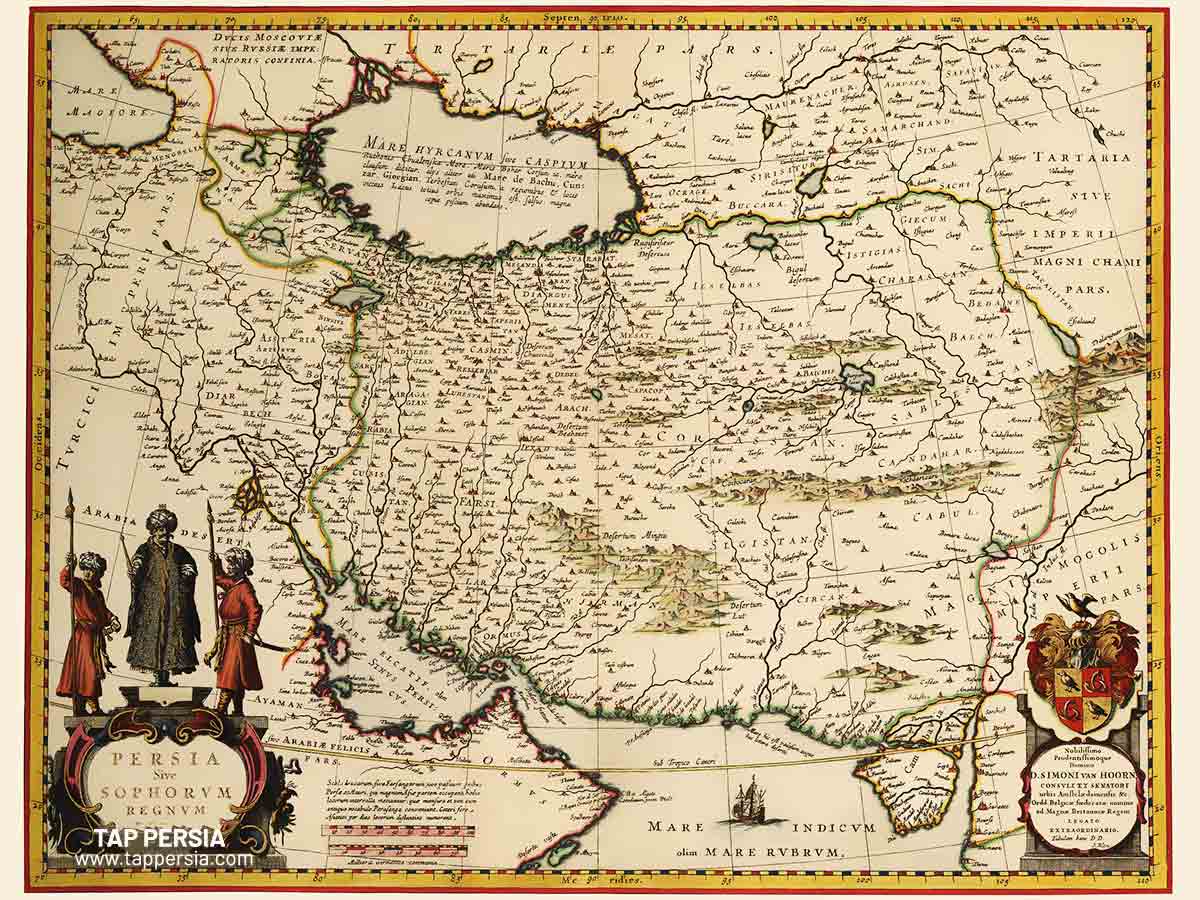
Most people are aware that Persia or Iran was once a nation in the Middle East thanks to popular culture and films like The Prince of Persia. Many of these individuals are still unaware that Iran is the current name for what they formerly knew as Persia.
Persia has a lengthy and colorful past that dates back thousands of years until it formally changed its name to Iran in 1935(Where is Persia). The majority of religious and biblical academics will be familiar with Persia from its mention in the Old Testament during the reign of Cyrus the Great. Greece created the term “Persia” to refer to the “country controlled by Cyrus” during Cyrus’s reign.
The term “Parsa,” the name of the ethnic group from whom Cyrus descended, is where the word “Persia” is from. Hence, even though Cyrus is a well-known monarch and the first Persian king, Darius the Great is likely the most well-known Persian king ever.
Cyrus and Darius, who were Persia’s first monarchs, founded the Achaemenid Empire. The Sassanid, Safavid, Afsharid, and Qajar dynasties ruled Persia after the Achaemenid Empire.
The Emergence of Iran: Exploring the Name Change
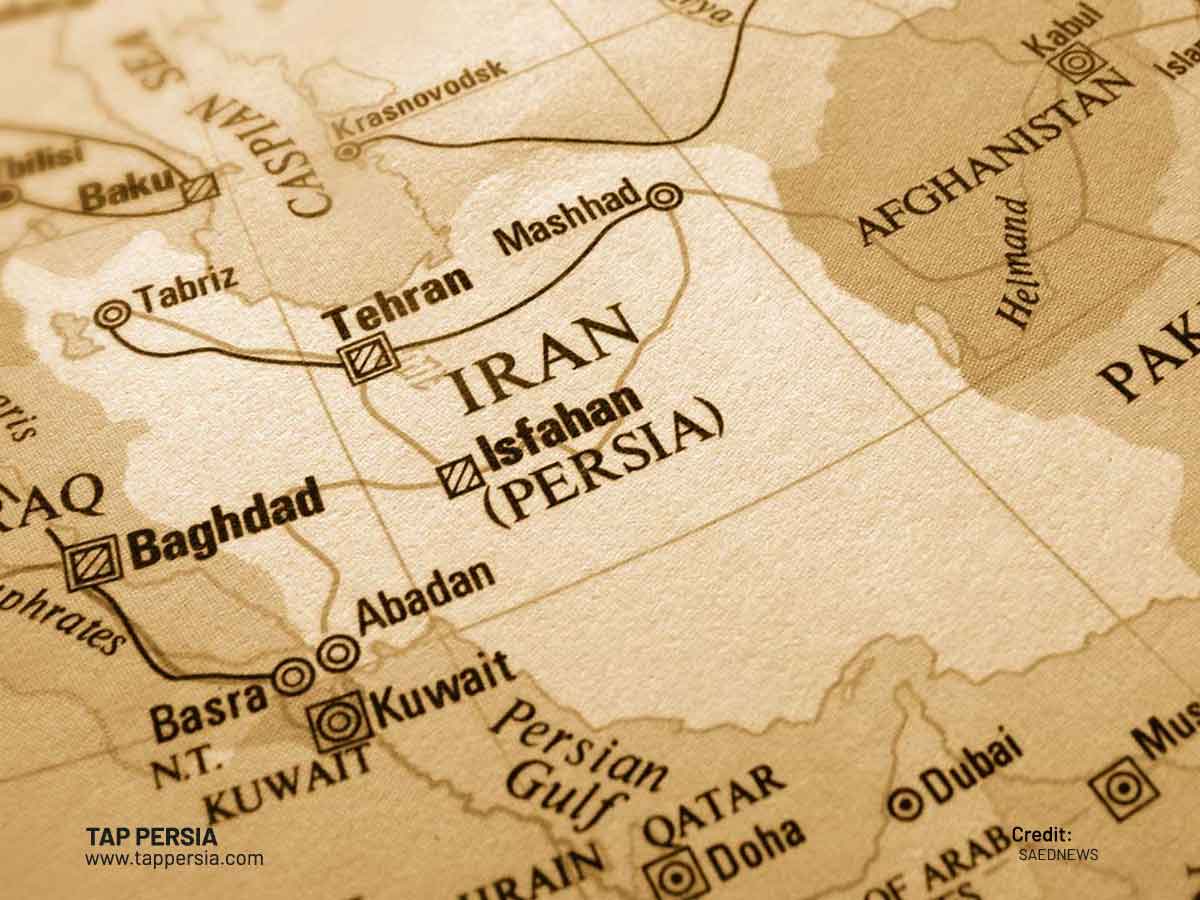
Since the Zoroastrians around 1000 BC, Persians have referred to their country as Iran. This indicates that Iran was recognized as Iran before it was ever known as Persia, at least to the natives. Persia or Iran was also known at this time as Arya, the Land of the Aryans. Yet, because Greece first used the title “Persia” about 550 AD, it took until the 1900s for the West to officially acknowledge Iran.
Ultimately, in 1935, the Iranian government made a formal request that Iran is used as the preferred name for Persia in all Western nations. Although it needed some time for the newly created name to become popular, Iran is today the most often used phrase to refer to Persia.
Although Iran’s president, Mohammad Reza Pahlavi, said in 1959 that his nation might be referred to as either Persia or Iran, it is still referred to as Iran. The majority of people still refer to the country simply as Iran, despite a second name change in 1979 when Iran became the Islamic Republic of Iran.
Iran in the 20th Century: A Modern Nation in Transition
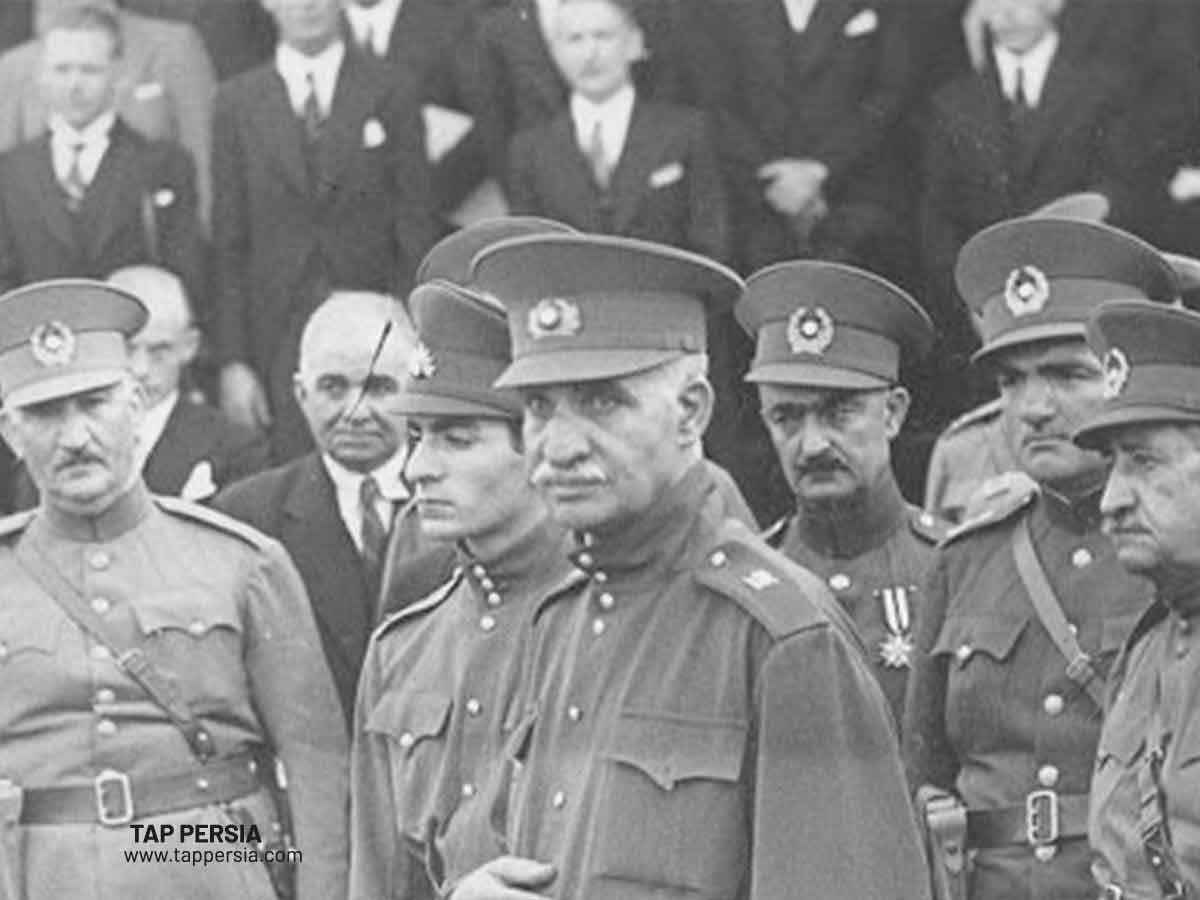
Iran has seen nothing else except political upheaval, conflicts, and revolutions since formally adopting its name. From 1935 to 1941, when Britain and other Western countries overthrew him to support his son Mohammed Shah Pahlavi, Reza Shah served as Iran’s first king. Pahlavi, unlike his father, who was more susceptible to German influences, was close with the US and Great Britain. Pahlavi controlled Iran until 1951 when Mohammad Mossadegh was elected president following a parliamentary election.
Mossadegh, much to the dismay of the UK, subsequently nationalized the oil industry. In 1953, Shah Pahlavi was reinstated as Prime Minister after Mossadegh was overthrown by a joint effort of Britain and the United States.
He had close connections with the US and the UK and remained in power as a pro-Western figure in Iran until 1979. That is, until the Iranian Revolution, sometimes referred to as the Islamic Revolution, occurred in 1979. The pro-Islamic Ayatollah Khomeini forcibly replaced Pahlavi as prime minister during this period. Since then, Iran has adopted a staunchly anti-American attitude, and ties between the two countries have never been the same.
The Debate Over the Name Change: Perspectives and Controversies
People were initially quite cautious to refer to Iran as Persia. For example, Winston Churchill worried that people might mistake Iran for its neighbor, Iraq, because of how similar the two nations’ names sounded. Iran also performed a poor job of explaining to the general public in Western nations that it was the nation once known as Persia. Because of this, the majority of people believed Iran to be a brand-new nation created from the ruins of the Ottoman Empire.
Thirdly, and perhaps most significantly, many people were hesitant to use the new name since Iran, the Land of the Aryans, had a bad reputation in the west, especially in Great Britain. But, over time and through repeated use, as well as the restoration of British power in Iran in 1941, people grew accustomed to the phrase, and Persia finally lost its currency.
The Persian Empire: Legacy and Impact on Modern-Day Iran
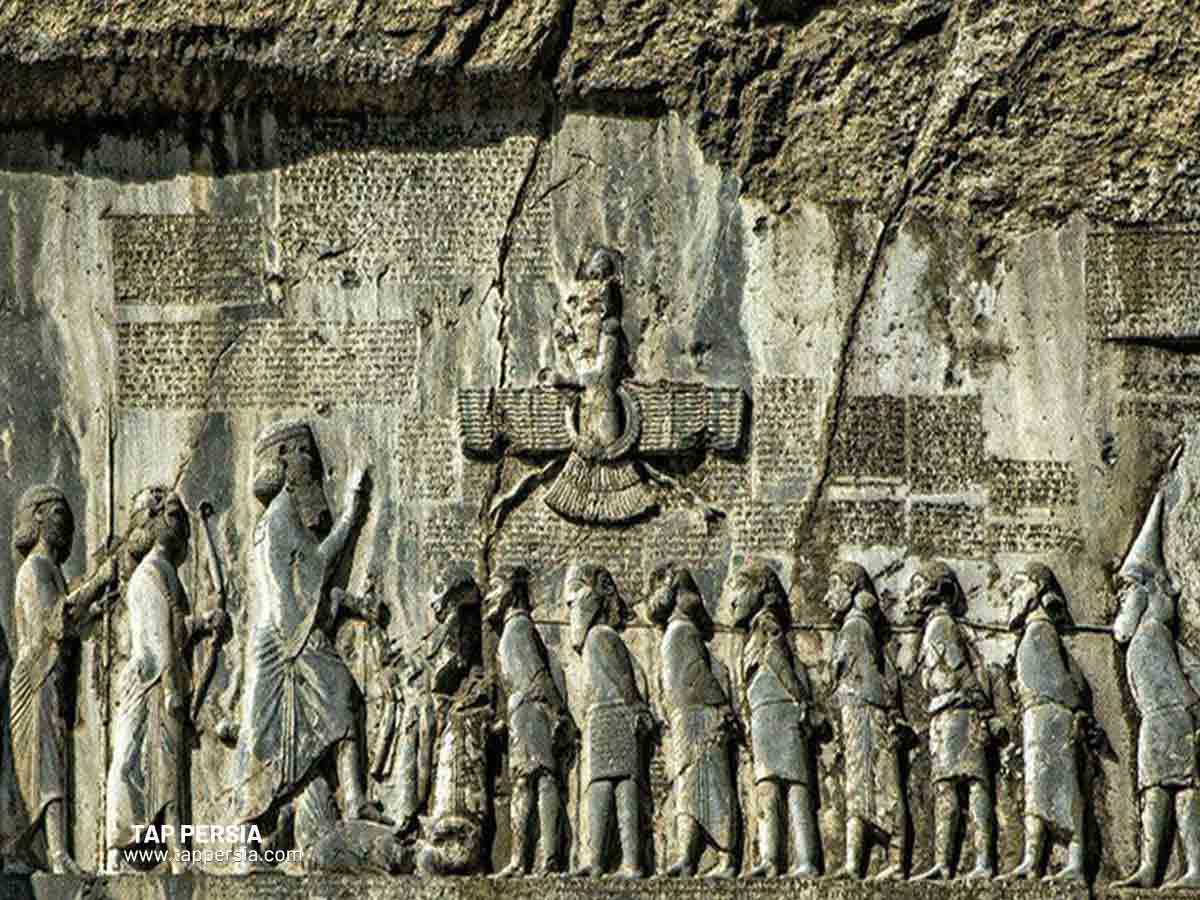
Whether you call Iran Persia or Iran, you’re talking about the same country. Your mind will conjure up various pictures and meanings depending on whatever name you pick. Many people believe that Persia formerly enjoyed great splendor, prosperity, and military might. Persia was renowned for its exquisite art, moving poetry, and rich cuisine.
It also had gorgeous architecture and literature. Persia was renowned for having a sizable, strong empire that was open to people of many faiths, cultures, and ethnicities.
On the other side, when people think of Iran, they think of Islamic terrorist organizations, political upheaval, and conflict. Most of the nation’s rulers, including the first four who came to power, have been forcibly removed after their formal name change. Due to Iran’s reputation as being strongly anti-American, many Iranians prefer to call their country Persia rather than Iran when referring to their own country.
When Persia Became Iran: Understanding the Political and Cultural Factors\
Why Persia eventually insisted on being referred to by the name Iran by outsiders is the subject of several tales and traditions. Yet, the majority of people think that Iran’s alliance with Germany played a direct role in the name change. Nazi-ruled Germany and its leader, Adolph Hitler, had a significant impact on the Iranian ambassador to Germany in 1935.
When Reza Shah became the new king, the name was changed to Iran in an effort to signify a new beginning. Iran made its allegiance clear to the world by changing Persia’s name to Iran or Arya, which means Land of the Aryans.
Persia or Iran had been greatly impacted by the Soviet Union and Great Britain before 1935. The majority of Iranians blamed these nations for their economic and political issues since they frequently meddled in Iranian affairs. Iran, which means “Land of the Aryans,” was a strong indication to Great Britain and other Western countries that Iran had no interest in cooperating with them.
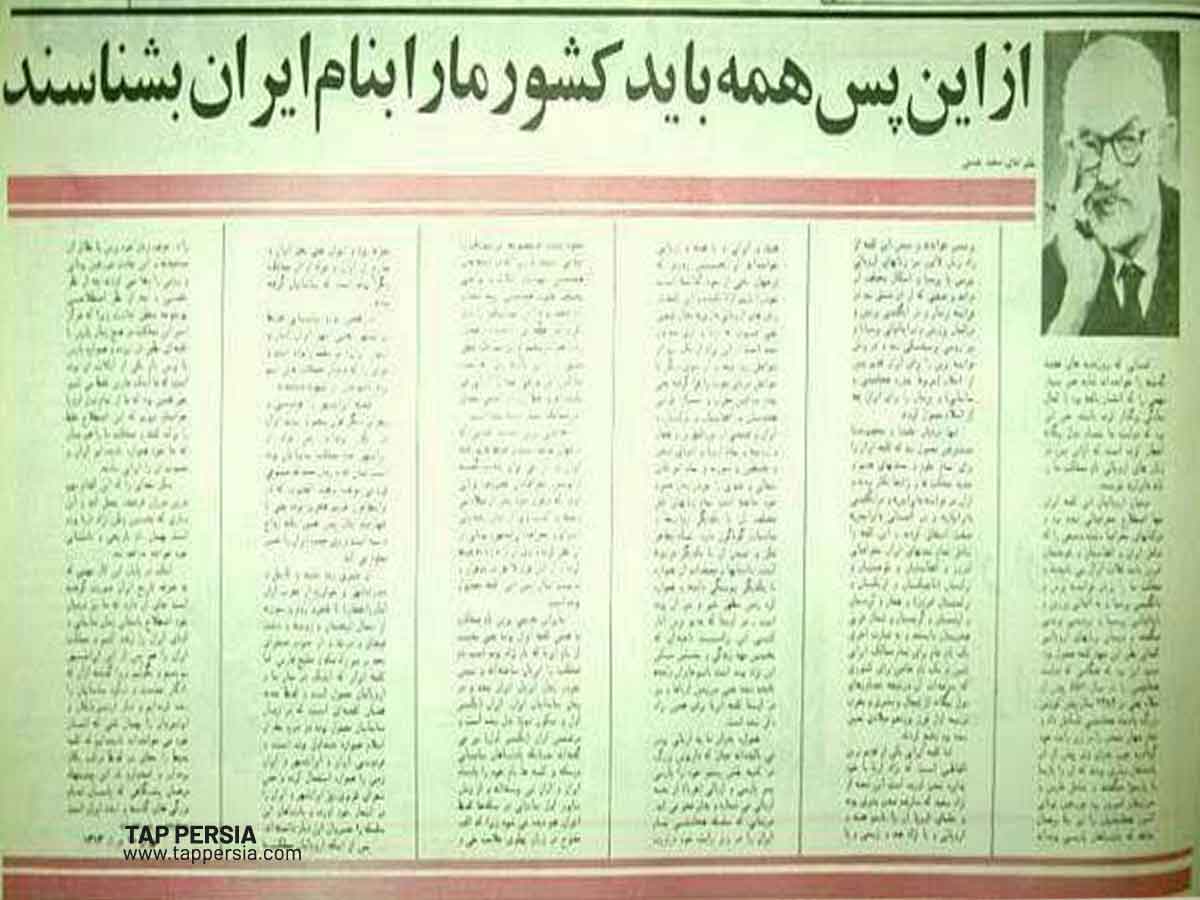
A formal letter asking all nations with whom Iran has diplomatic ties to refer to them as Iran was the first step toward the name change. From that point on, the term Iran was applied to the nation in reports, the media, and government publications until it was widely used.
For more insights on the beauty of Iran during the autumn season, explore our article on Exploring the Ancient Wonders of Iran in Autumn.
Was Persia just Iran?
Iran is the modern-day equivalent of Persia.
How old is Iran?
With a history that spans tens of thousands of years, Iran or Persia is one of the oldest countries in the world. In 3200 B.C., Susa, the first significant city of the nation, was founded on the central plateau. The Persian Empire formed in southwestern Iran around 559 B.C. and subjugated the Egyptians and Mesopotamians.
What was Iran before Iran?
Historically known as Persia, the area that is now Iran has roots in a unique society and culture that date back to the Achaemenian era, which started around 550 BCE.
Who created Persia?
One of these tribes’ leaders, Cyrus the Great, started to subjugate neighboring kingdoms like Media, Lydia, and Babylon in order to unite them under his dominion. He founded the first Persian Empire, commonly known as the Achaemenid Empire, in the year 550 B.C.
What language do Persians speak?
The Iranian branch of the Indo-Iranian language family includes the Persian language, sometimes referred to as Farsi. The official languages of Tajikistan and Afghanistan are Persian, popularly known as Tajik and Dari. Persia or Iran also has it as its official language.
Is Iran An Arab country?
The official language of Iran is Persian, otherwise known as Farsi, which clearly shows that it is not an Arab nation.
Did Persia become Russia?
No, during the Persian Empire, Persia did not turn become Russia. While the Fifth Russo-Persian War was ended by the Treaty of Turkmenchay, Persia nonetheless ceded a sizable portion of its Transcaucasian region to the Russian Empire.
As you reflect on the rich tapestry of Iran’s history and culture, a journey through its vibrant marketplaces offers a unique glimpse into the heart of this ancient land. Read about the captivating world of Iran’s historical bazaars, where tradition and history are woven into every corner, offering a vivid encounter with Iran’s living heritage.




After 1918 Persia started going down sadly with poor leadership and I still prefer the name Persia over Iran.